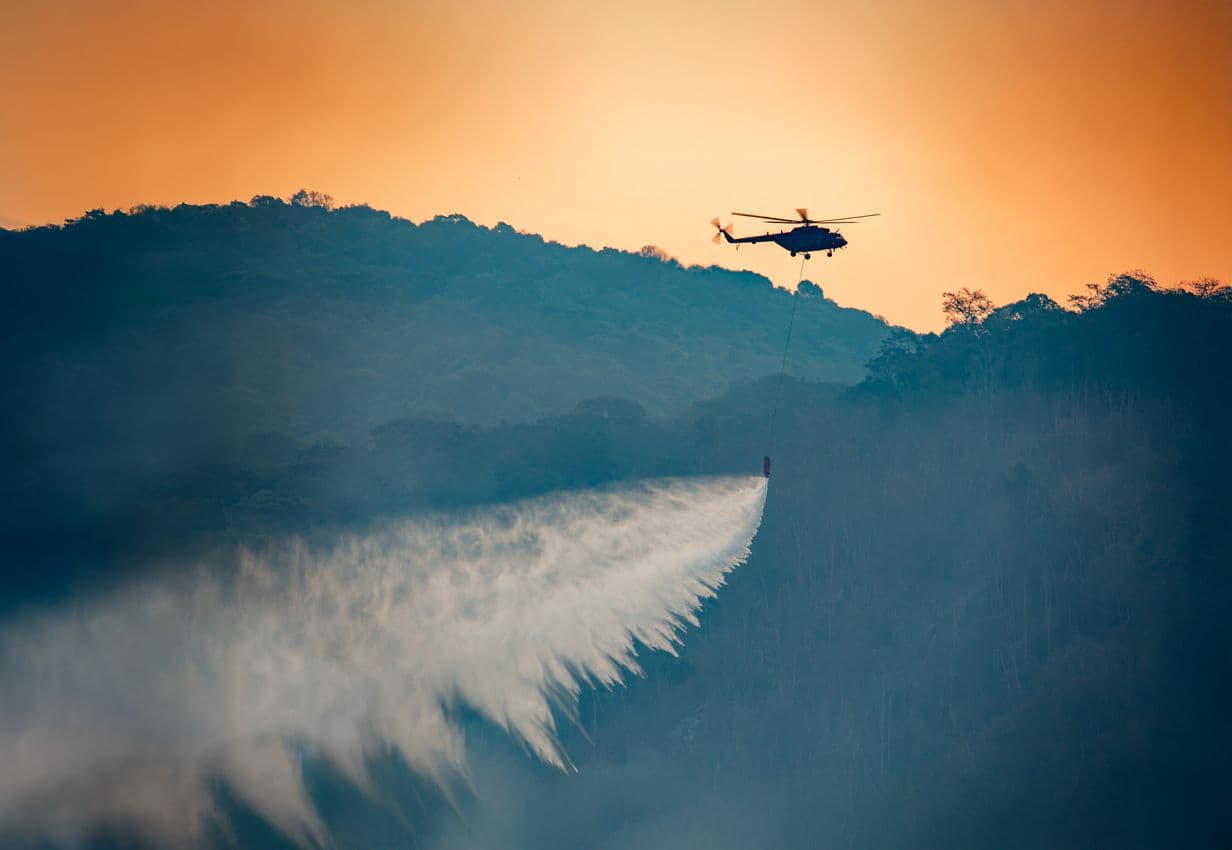The 2025 wildfire season presented familiar, serious challenges. However, the response this year showed a clear shift in strategy. The old model of simply reacting to a fire's spread is being replaced by a proactive approach, one built on a foundation of solid data.
This new mindset was visible during major events, like the Southern California fires in January 2025. Analysis from the "State of Wildfires 2024-25" report noted that emergency services were not just tracking the fire. They were intensively monitoring the specific weather conditions driving its behavior. This focus on predictive weather data is central to modern wildfire management.
Beyond Individual Weather Points
Wildfires are fueled by land-based weather: high temperatures, low humidity, and strong winds. The challenge for fire officials and community leaders is answering a simple question: "What is the actual fire danger level today?" This requires a way to combine all these complex weather variables into one clear, actionable score.
The OpenWeather Fire Weather Index API: A Clear, Combined Metric
This is the role of the OpenWeather Fire Weather Index API. The Fire Weather Index API is a science-based, standardized system that synthesizes multiple weather inputs. It combines temperature, humidity, wind speed, and recent precipitation into a single numerical rating. This number clearly communicates the potential for a fire to start and spread.
For public safety bodies and local government initiatives, this single metric is incredibly valuable. A project that integrates a resource like the OpenWeather Fire Weather Index API can pull this calculated rating directly into its planning and public-facing systems.
Having a clear FWI score allows officials to:
- Objectively set daily fire danger levels for public lands.
- Make informed, data-backed decisions on issuing fire bans.
- Clearly communicate the current risk level to residents.
- Better justify resource allocation and preparedness measures.
Instead of trying to interpret raw wind and humidity data, a team can see an FWI score of "High" or "Extreme" and take immediate, confident action.
Building a Complete Picture
This index works as the core of a modern data strategy. It provides the "what" (the level of danger). This can be complemented by other data streams. For instance, a Global Weather Alerts provides the "when." It delivers the official warnings, like Red Flag Warnings from national services, that act as the trigger for emergency plans.
When a high FWI score already indicates dangerous conditions, an incoming weather alert can confirm that the risk is now immediate. This combination allows for a smarter, layered response.
A More Resilient Future
The 2025 fire season showed that resilience is built on information. By leveraging clear, synthesized data like the Fire Weather Index, public safety organizations can move from a reactive to a proactive stance. This data-driven approach is the future of wildfire management, helping to build safer and more prepared communities.
